Home>Furniture & Design>Bathroom Accessories>Why Does A Toilet Seat Turn Blue
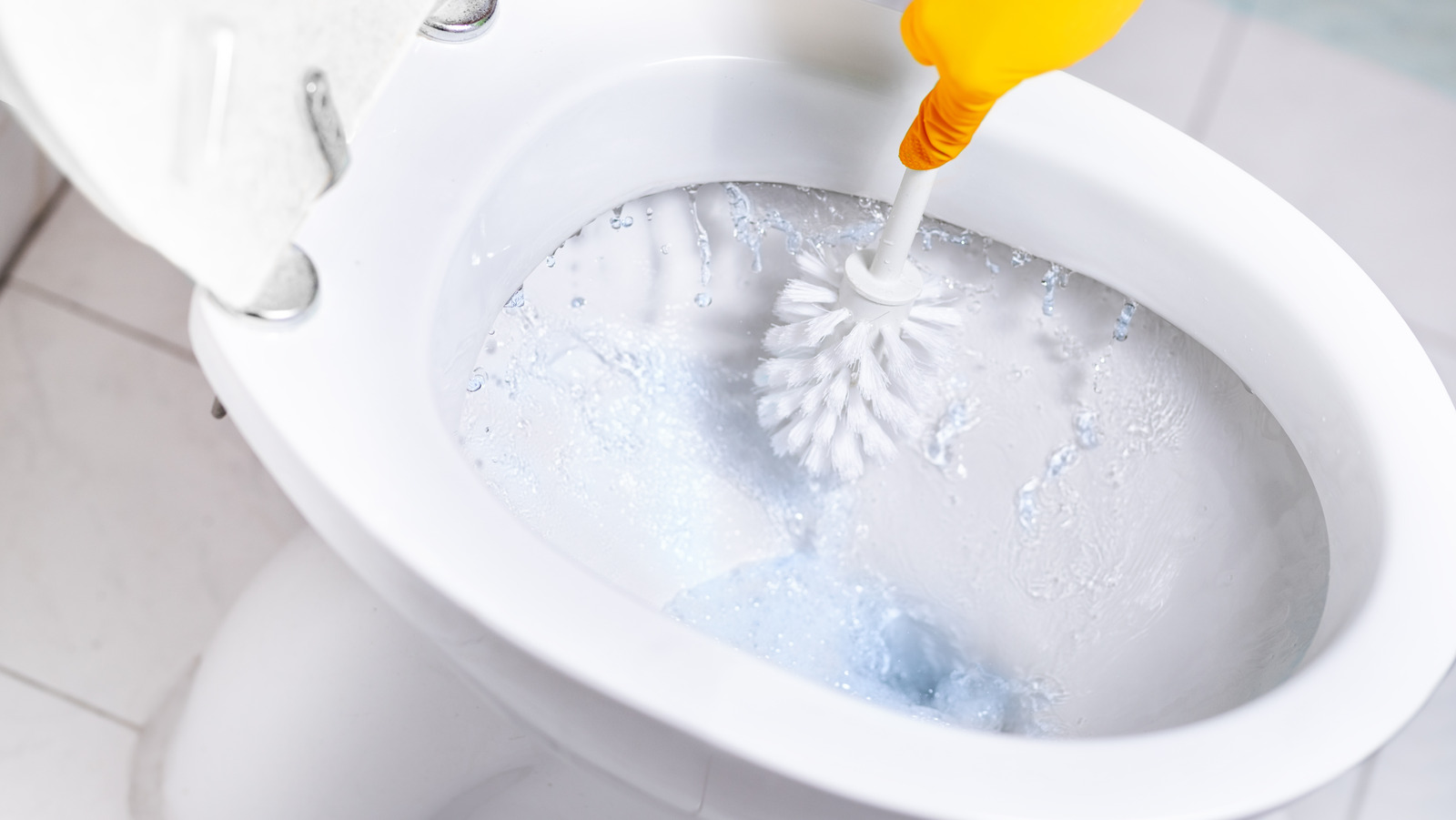

Bathroom Accessories
Why Does A Toilet Seat Turn Blue
Modified: March 19, 2024
Discover why toilet seats turn blue and how bathroom accessories can prevent discoloration. Learn more about maintaining a clean and vibrant bathroom.
(Many of the links in this article redirect to a specific reviewed product. Your purchase of these products through affiliate links helps to generate commission for Storables.com, at no extra cost. Learn more)
Introduction
Have you ever wondered why a toilet seat sometimes turns an unexpected shade of blue? It's a peculiar phenomenon that can leave many people scratching their heads in confusion. In this article, we'll delve into the intriguing science behind this color transformation and explore the common causes of a blue toilet seat. Additionally, we'll provide practical tips on how to prevent your toilet seat from undergoing this mysterious change. So, let's embark on a fascinating journey to unravel the mystery of the blue toilet seat and gain a deeper understanding of this curious occurrence.
Key Takeaways:
- Toilet seats turn blue due to chemical reactions, mineral content, and microbial activity. Regular cleaning, water quality management, and proper material selection can prevent this color change.
- Prevent a blue toilet seat by cleaning regularly, monitoring water quality, and choosing resistant materials. Applying protective treatments can also help maintain the original color of the seat.
Read more: Why Did My Toilet Seat Turn Blue
The Science Behind the Blue Toilet Seat
The perplexing transformation of a toilet seat to a blue hue can be attributed to a fascinating chemical reaction. This phenomenon typically occurs when certain compounds, such as uric acid or calcium, come into contact with the materials used in toilet seats. The interaction between these compounds and the materials can lead to the development of a blue tint over time.
One of the primary culprits behind this color change is the presence of uric acid. When urine comes into contact with the surface of a toilet seat, it can react with the materials, resulting in a chemical process known as oxidation. This process can cause the formation of compounds that exhibit a blue coloration, thereby giving the toilet seat its unexpected hue.
Furthermore, the mineral content in water can also play a role in the development of a blue toilet seat. If the water in your area has a high concentration of minerals, such as copper or iron, it can contribute to the discoloration of the toilet seat. When these minerals interact with the materials of the toilet seat, they can instigate chemical reactions that manifest as a blue tint.
In some cases, the presence of bacteria or fungi can exacerbate the color change. These microorganisms can thrive in the moist environment of a toilet and produce pigments that contribute to the discoloration of the seat. Additionally, the accumulation of organic matter over time can provide a breeding ground for these microorganisms, further intensifying the blue hue.
Understanding the science behind the blue toilet seat allows us to appreciate the intricate processes at play. By recognizing the role of chemical reactions, mineral content, and microbial activity, we gain insight into the factors that contribute to this curious transformation. Armed with this knowledge, we can explore effective strategies to prevent and address the occurrence of a blue toilet seat, ensuring a pristine and visually appealing bathroom environment.
Common Causes of a Blue Toilet Seat
The development of a blue tint on a toilet seat can stem from various common causes, shedding light on the diverse factors that contribute to this intriguing phenomenon. Understanding these causes is essential for implementing effective preventive measures and addressing the issue when it arises.
-
Uric Acid and Chemical Reactions: As mentioned earlier, one of the primary causes of a blue toilet seat is the presence of uric acid. When urine comes into contact with the materials of the toilet seat, it can undergo chemical reactions that lead to the formation of compounds exhibiting a blue coloration. This chemical process, known as oxidation, is a key factor in the development of the blue hue.
-
Mineral Content in Water: The mineral content in the water supply can also play a significant role in causing a toilet seat to turn blue. High concentrations of minerals such as copper or iron in the water can interact with the materials of the toilet seat, triggering chemical reactions that result in the manifestation of a blue tint over time.
-
Microbial Activity: The presence of bacteria and fungi in the moist environment of a toilet can contribute to the discoloration of the seat. These microorganisms can produce pigments that intensify the blue hue, especially when organic matter accumulates on the seat, providing an ideal breeding ground for microbial activity.
-
Cleaning Products and Chemical Residue: The use of certain cleaning products and the accumulation of chemical residue on the toilet seat can also lead to discoloration. Residual chemicals from cleaning agents or air fresheners can react with the materials of the seat, potentially causing a blue tint to develop over time.
-
Material Composition: The materials used in the construction of the toilet seat can influence its susceptibility to discoloration. Porous or absorbent materials may be more prone to retaining substances that contribute to the development of a blue hue, highlighting the importance of selecting suitable materials for toilet seat construction.
By recognizing these common causes of a blue toilet seat, individuals can take proactive steps to mitigate the risk of discoloration and maintain the visual appeal of their bathroom fixtures. Implementing proper cleaning practices, monitoring water quality, and selecting appropriate materials for toilet seats are essential strategies for preventing and addressing the occurrence of a blue tint, ensuring a pristine and aesthetically pleasing bathroom environment.
How to Prevent a Toilet Seat from Turning Blue
Preventing a toilet seat from turning blue involves implementing proactive measures to mitigate the factors that contribute to discoloration. By adopting effective strategies and incorporating regular maintenance practices, individuals can safeguard their toilet seats from undergoing the mysterious transformation to a blue hue.
Proper Cleaning and Maintenance
Regular and thorough cleaning of the toilet seat is crucial for preventing discoloration. Using appropriate cleaning products and techniques can help remove potential sources of discoloration, such as uric acid residue and microbial buildup. It's essential to utilize non-abrasive cleaning agents that are specifically formulated for toilet fixtures to avoid damaging the materials of the seat. Additionally, incorporating routine maintenance, including wiping down the seat and ensuring proper ventilation in the bathroom, can help deter the accumulation of organic matter and microbial activity, thereby reducing the risk of a blue tint.
Read more: Why Is My Toilet Seat Turning Blue Pregnant
Water Quality Management
Monitoring the mineral content in the water supply can contribute to preventing a toilet seat from turning blue. Installing water filtration systems or utilizing water softeners can help reduce the concentration of minerals, such as copper or iron, that may interact with the materials of the seat and lead to discoloration. By addressing the quality of the water used in the toilet, individuals can minimize the potential impact of mineral-induced color changes, preserving the pristine appearance of the seat.
Material Selection and Maintenance
Choosing toilet seats constructed from non-porous and resistant materials can be instrumental in preventing discoloration. Opting for seats that are designed to resist chemical reactions and microbial adherence can mitigate the risk of developing a blue tint. Additionally, maintaining the integrity of the seat materials by promptly addressing any signs of wear or damage can help prolong its resistance to discoloration, ensuring a durable and visually appealing fixture in the bathroom.
Preventative Treatments and Sealants
Applying specialized sealants or protective coatings to the toilet seat can offer an additional layer of defense against discoloration. These treatments can help create a barrier that mitigates the impact of chemical reactions, mineral interactions, and microbial activity, thereby preserving the original color and appearance of the seat. Incorporating preventative treatments as part of a regular maintenance routine can contribute to the long-term prevention of a blue toilet seat.
By implementing these preventive measures, individuals can effectively safeguard their toilet seats from turning blue, maintaining a clean and visually appealing bathroom environment. Proactive cleaning practices, water quality management, thoughtful material selection, and the application of protective treatments collectively contribute to the preservation of the toilet seat's original color, ensuring a pristine and inviting bathroom space.
Conclusion
In conclusion, the enigmatic transformation of a toilet seat to a blue hue is a captivating phenomenon that stems from a complex interplay of chemical reactions, mineral content, and microbial activity. The science behind this color change unveils the intricate processes at play, shedding light on the diverse factors that contribute to the unexpected discoloration. Understanding the role of uric acid, mineral interactions, and microbial pigments provides valuable insight into the mechanisms driving the development of a blue toilet seat.
By exploring the common causes of a blue toilet seat, individuals can gain a deeper understanding of the multifaceted nature of this occurrence. From the influence of uric acid and mineral content to the impact of microbial activity and cleaning products, the array of factors contributing to discoloration highlights the importance of proactive measures to prevent and address this phenomenon.
Effective prevention of a blue toilet seat involves a combination of proper cleaning and maintenance practices, water quality management, thoughtful material selection, and the application of preventative treatments. By incorporating these strategies into regular maintenance routines, individuals can safeguard their toilet seats from undergoing the mysterious color change, ensuring a visually pristine and aesthetically pleasing bathroom environment.
Ultimately, the quest to prevent a toilet seat from turning blue encompasses a holistic approach that encompasses scientific understanding, practical maintenance, and proactive measures. By leveraging this comprehensive approach, individuals can preserve the original color and appearance of their toilet seats, cultivating a clean, inviting, and visually appealing bathroom space for enhanced comfort and aesthetic enjoyment.
The journey to unravel the mystery of the blue toilet seat not only provides valuable insights into the fascinating science behind this phenomenon but also empowers individuals to take proactive steps in maintaining the pristine condition of their bathroom fixtures. Through knowledge, awareness, and effective preventive measures, the enigma of the blue toilet seat can be met with practical solutions, ensuring that this curious transformation remains a captivating yet manageable aspect of bathroom maintenance.
Frequently Asked Questions about Why Does A Toilet Seat Turn Blue
Was this page helpful?
At Storables.com, we guarantee accurate and reliable information. Our content, validated by Expert Board Contributors, is crafted following stringent Editorial Policies. We're committed to providing you with well-researched, expert-backed insights for all your informational needs.
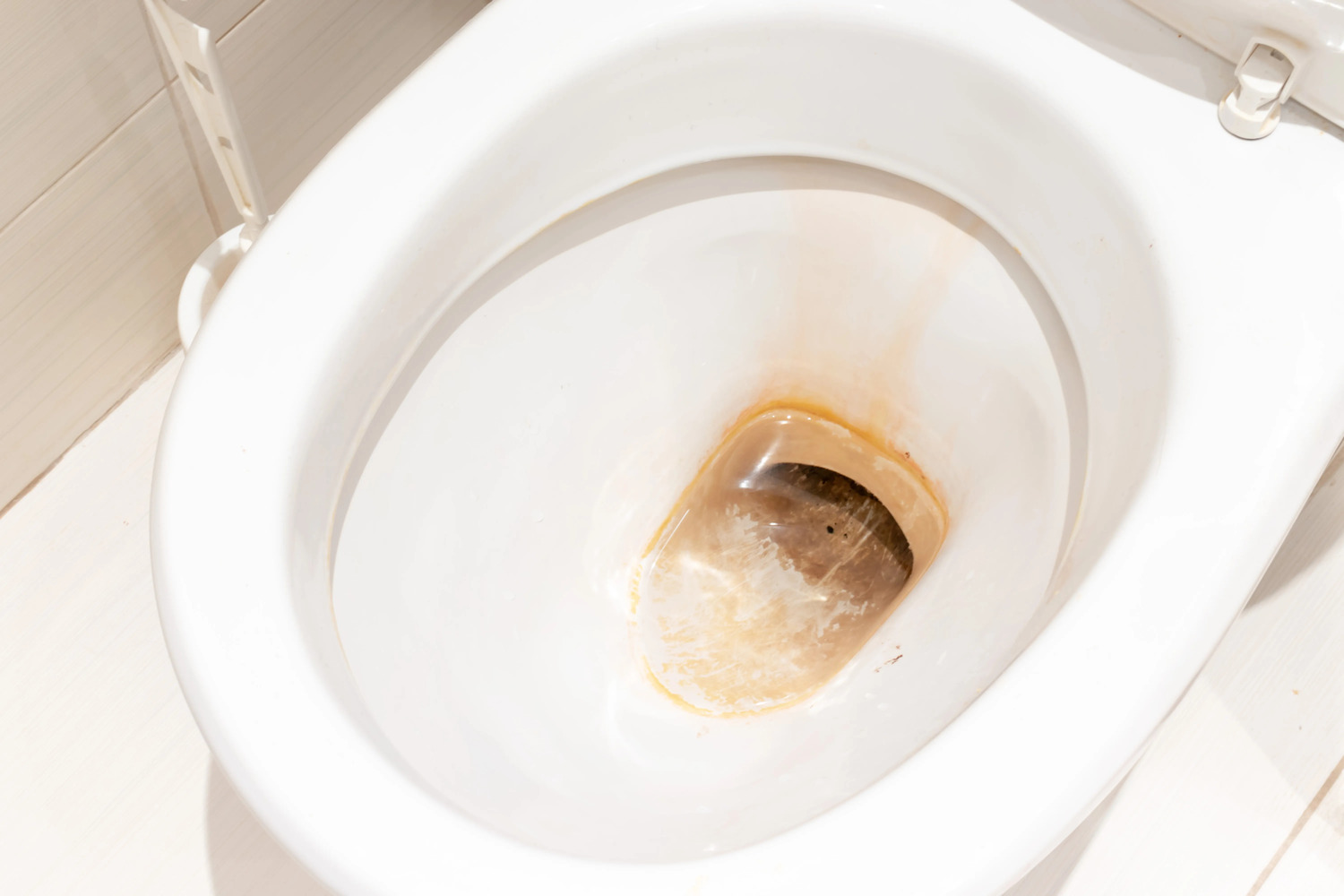
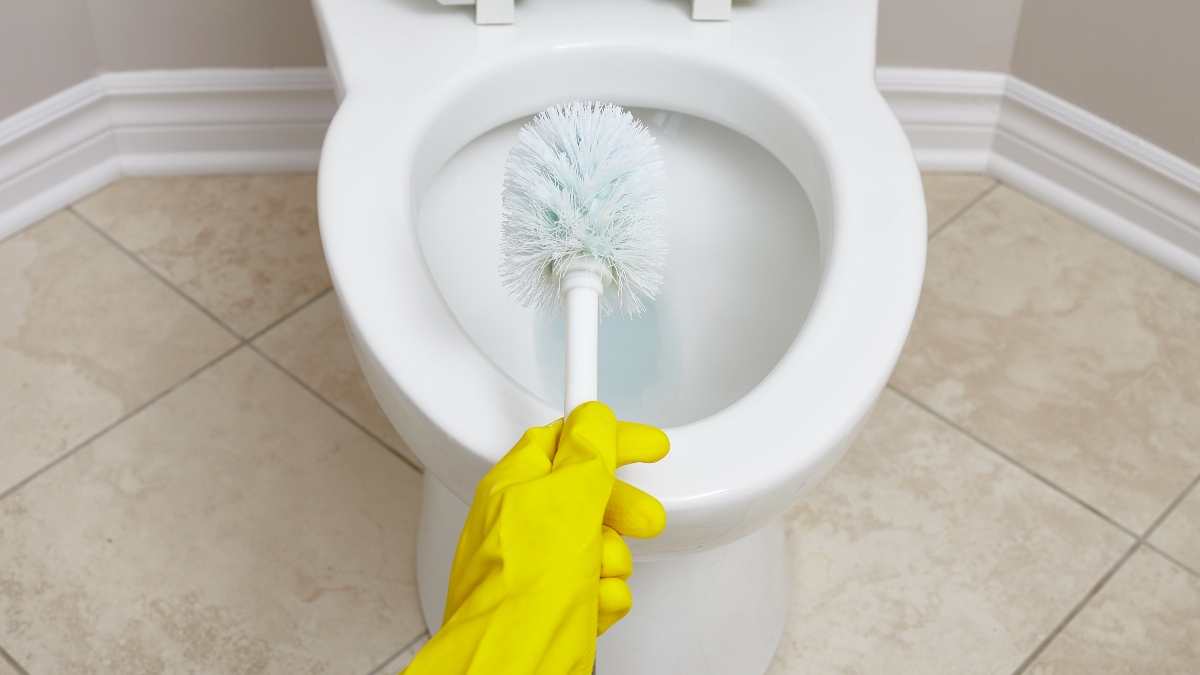
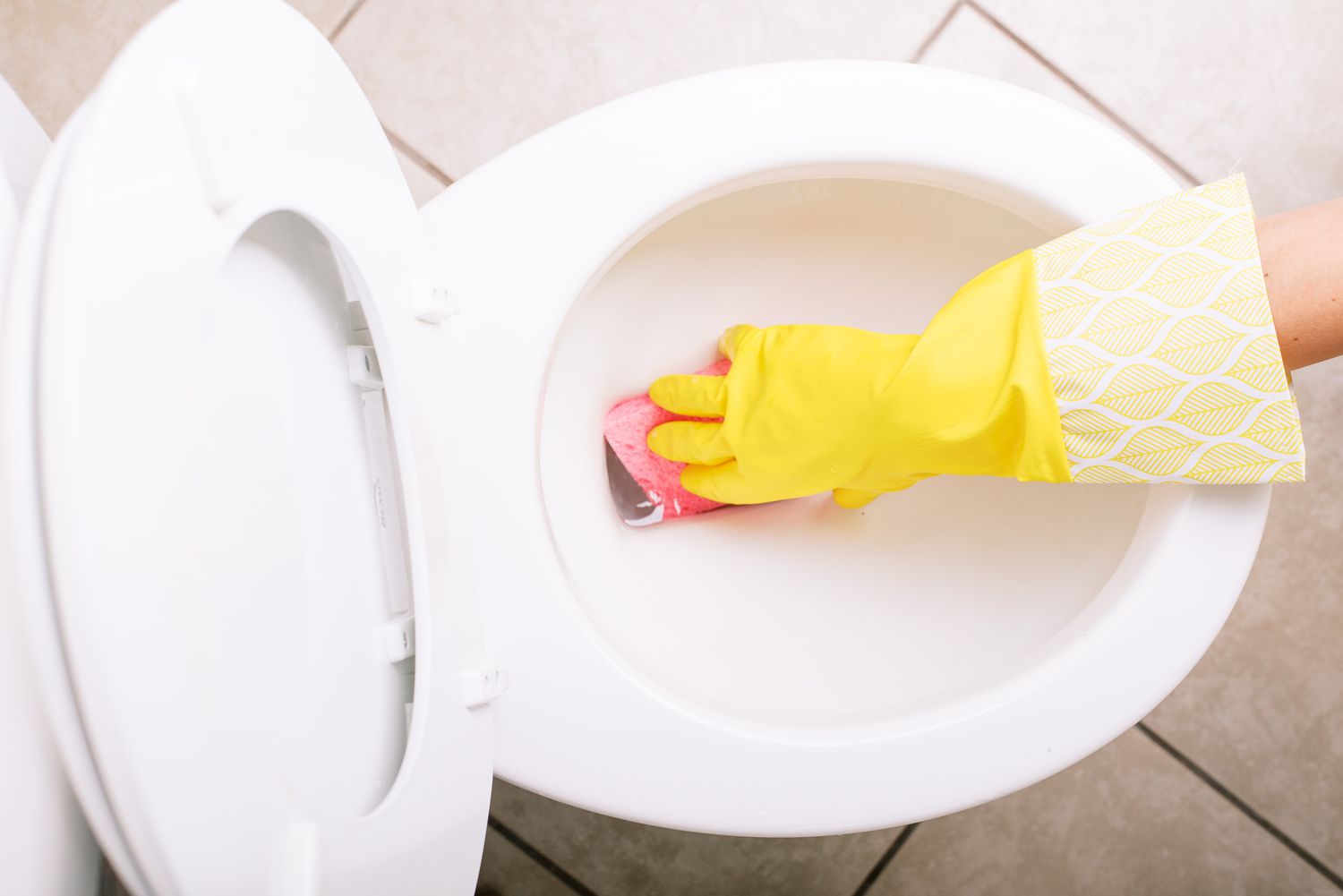
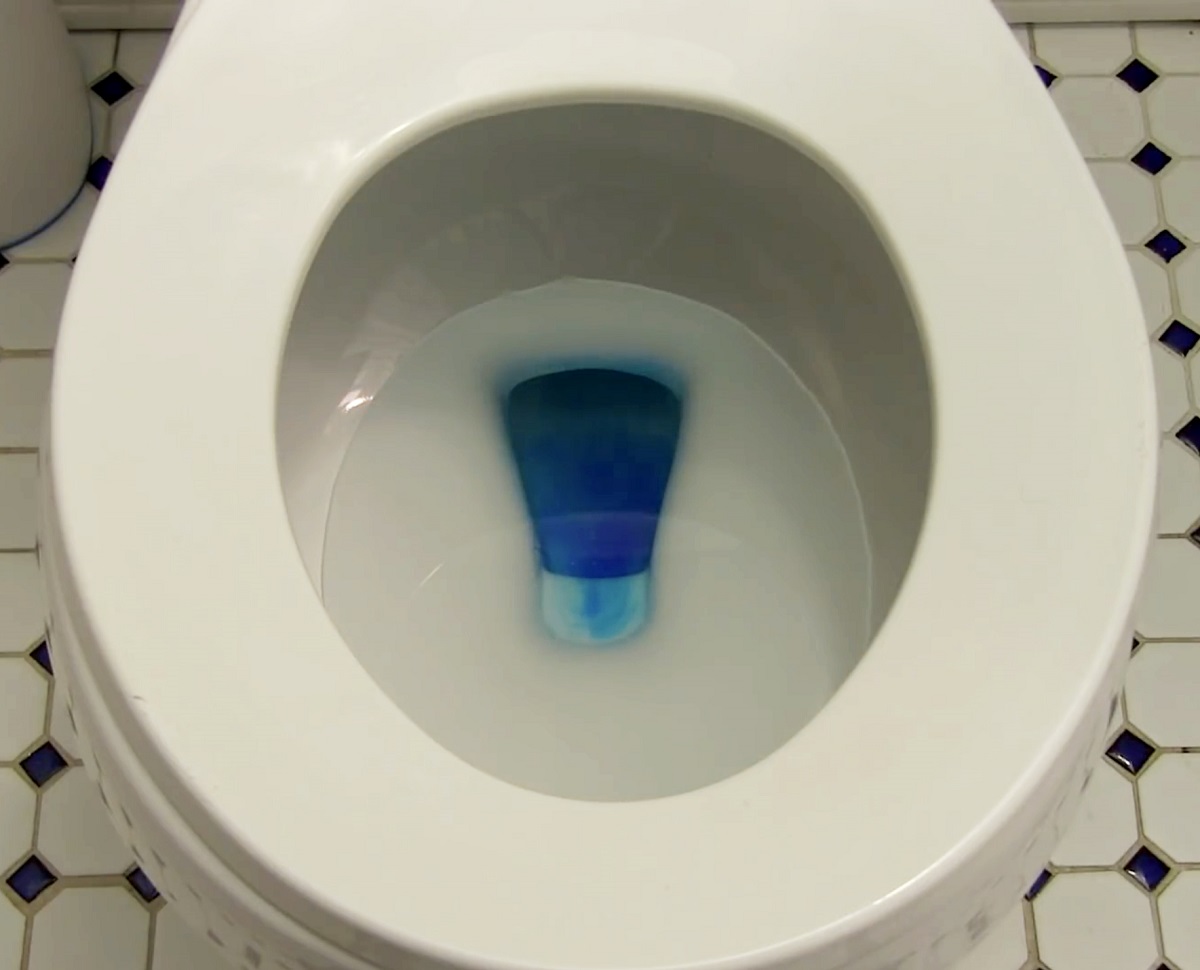
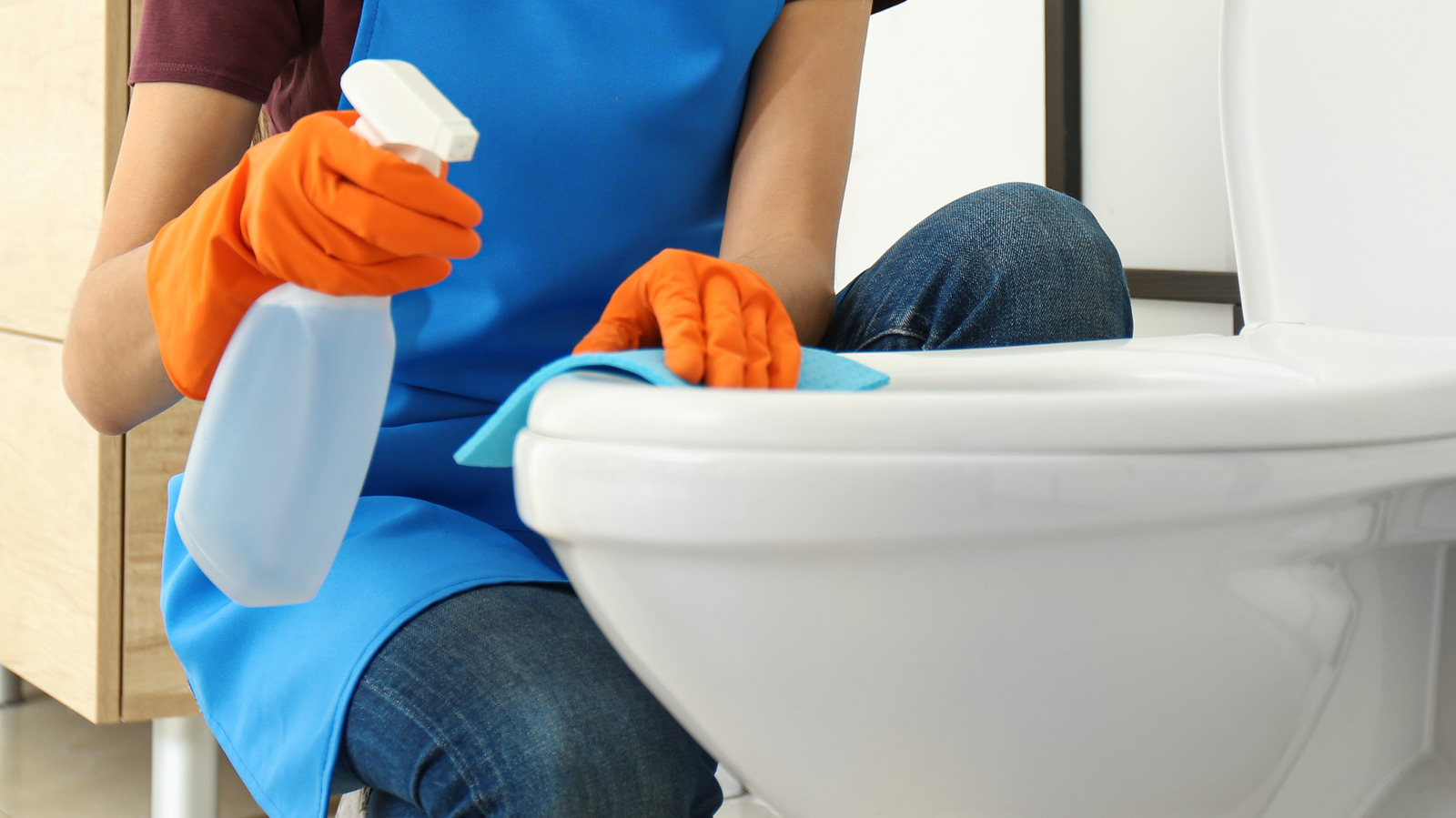
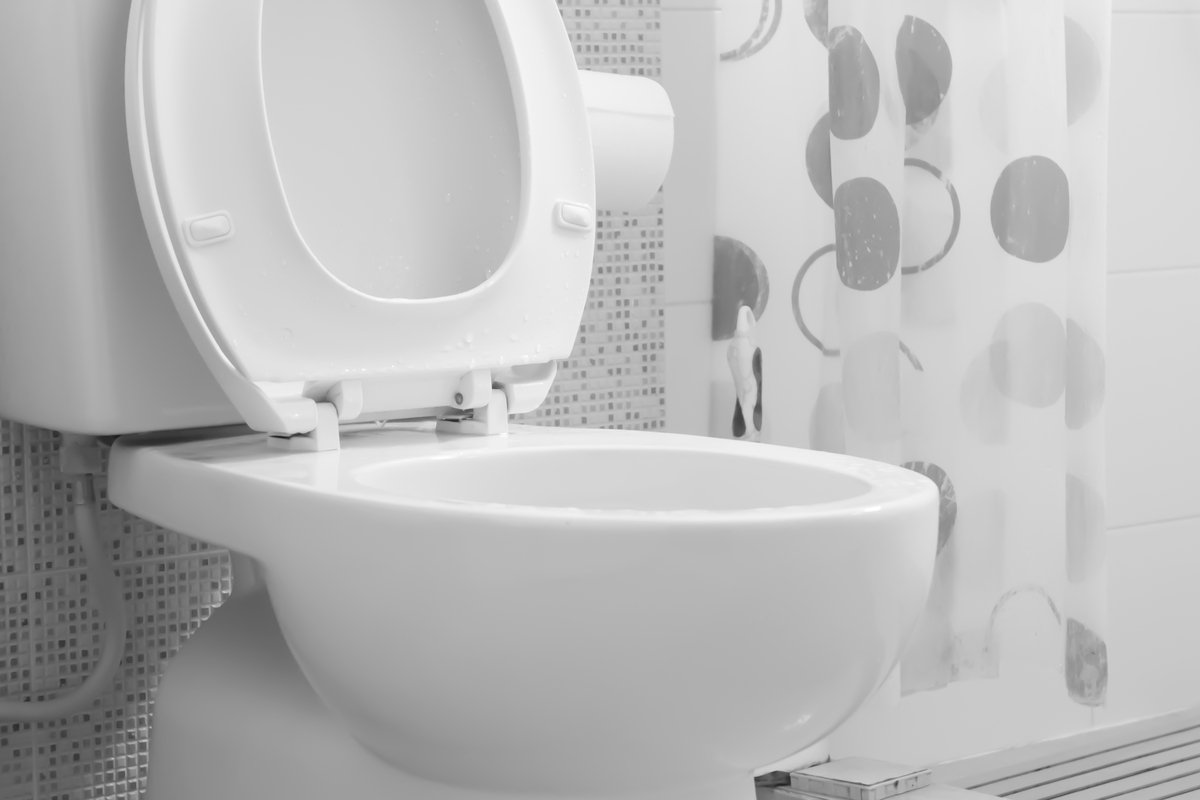
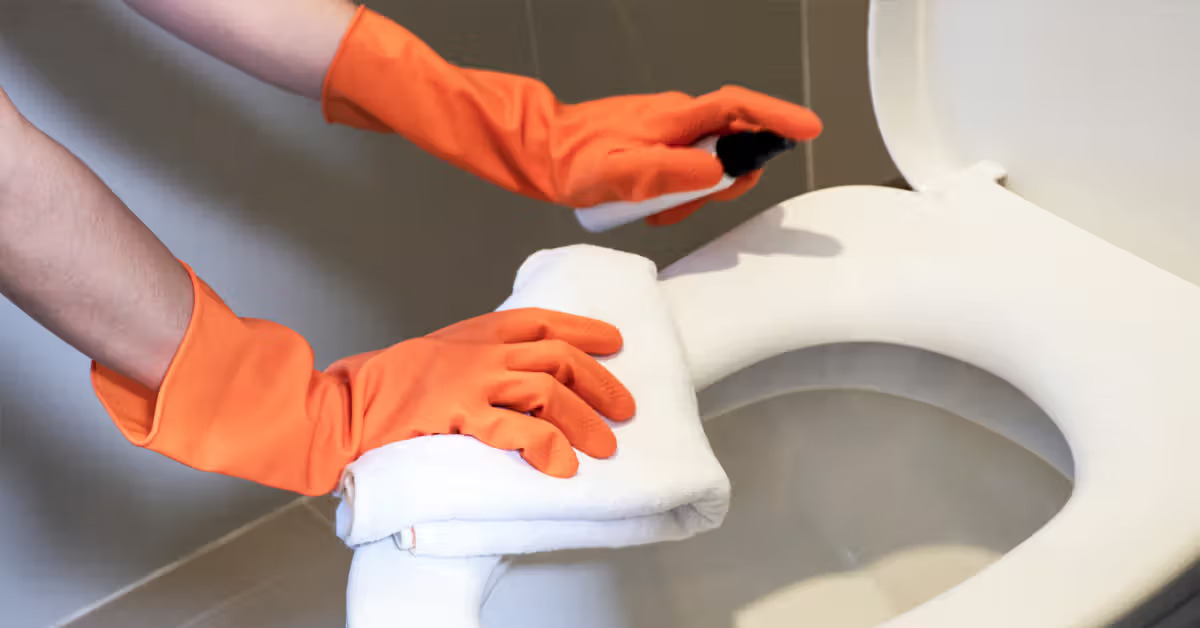
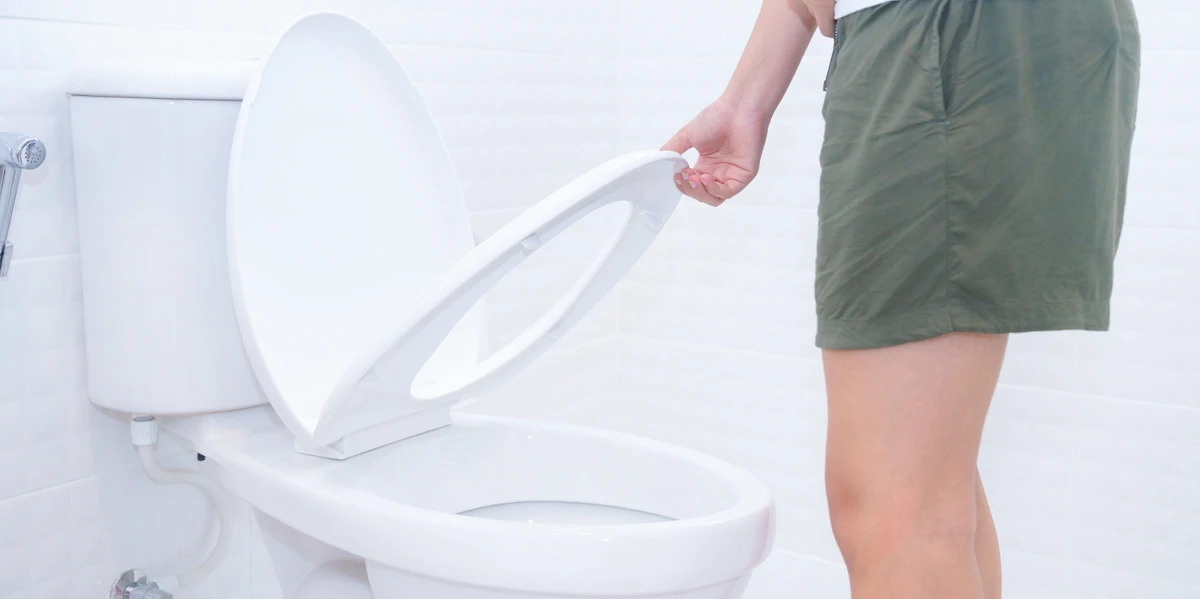
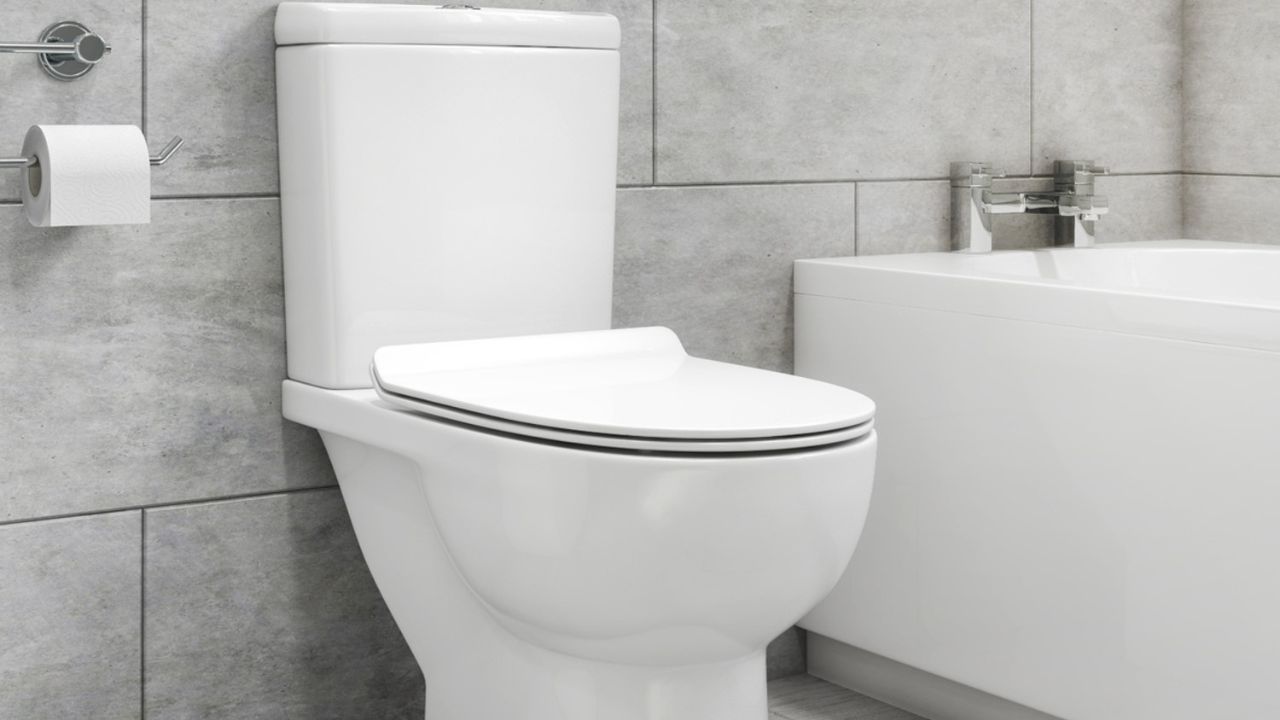
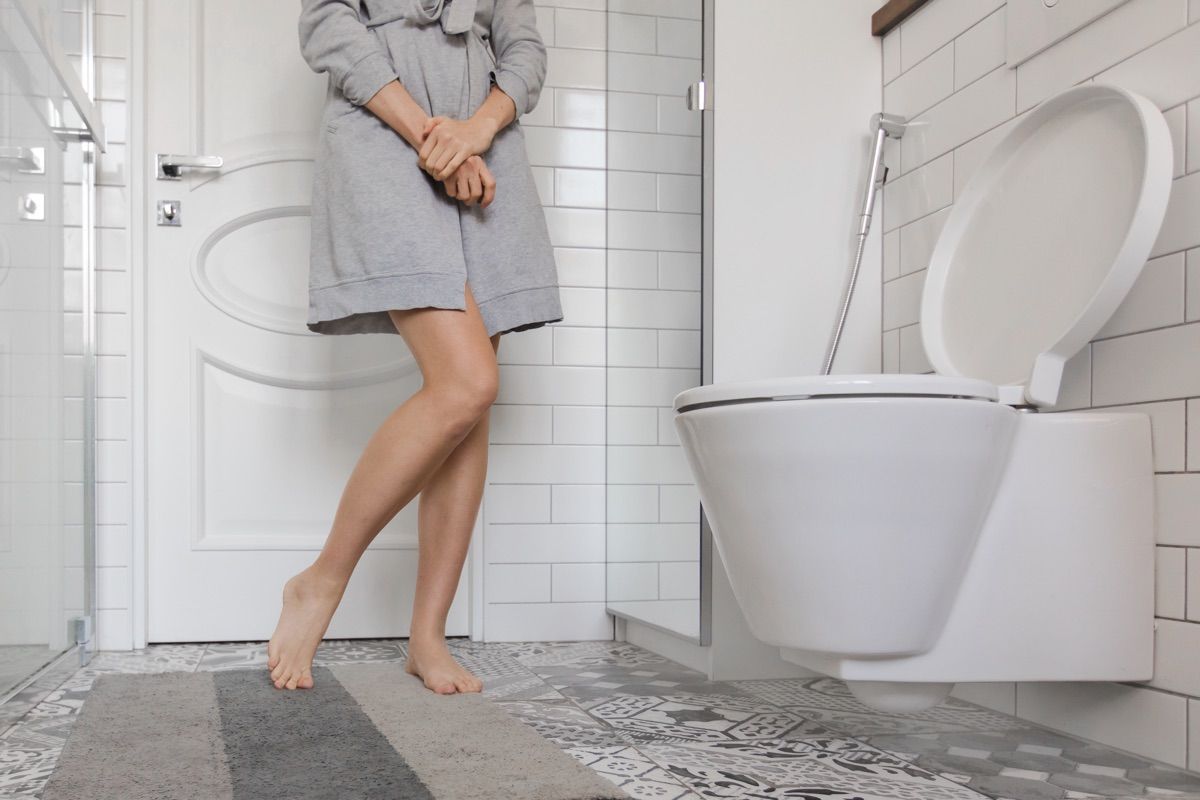

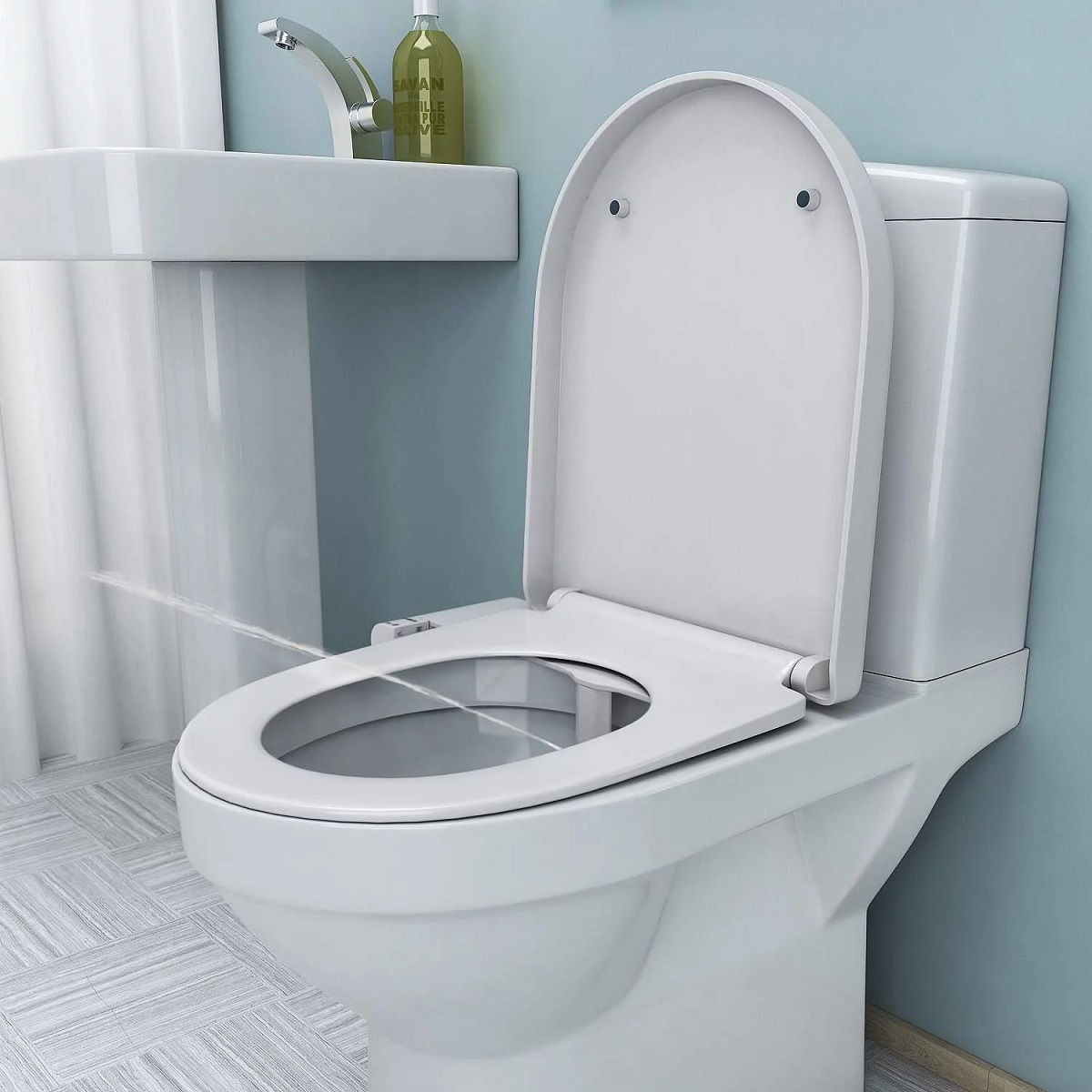

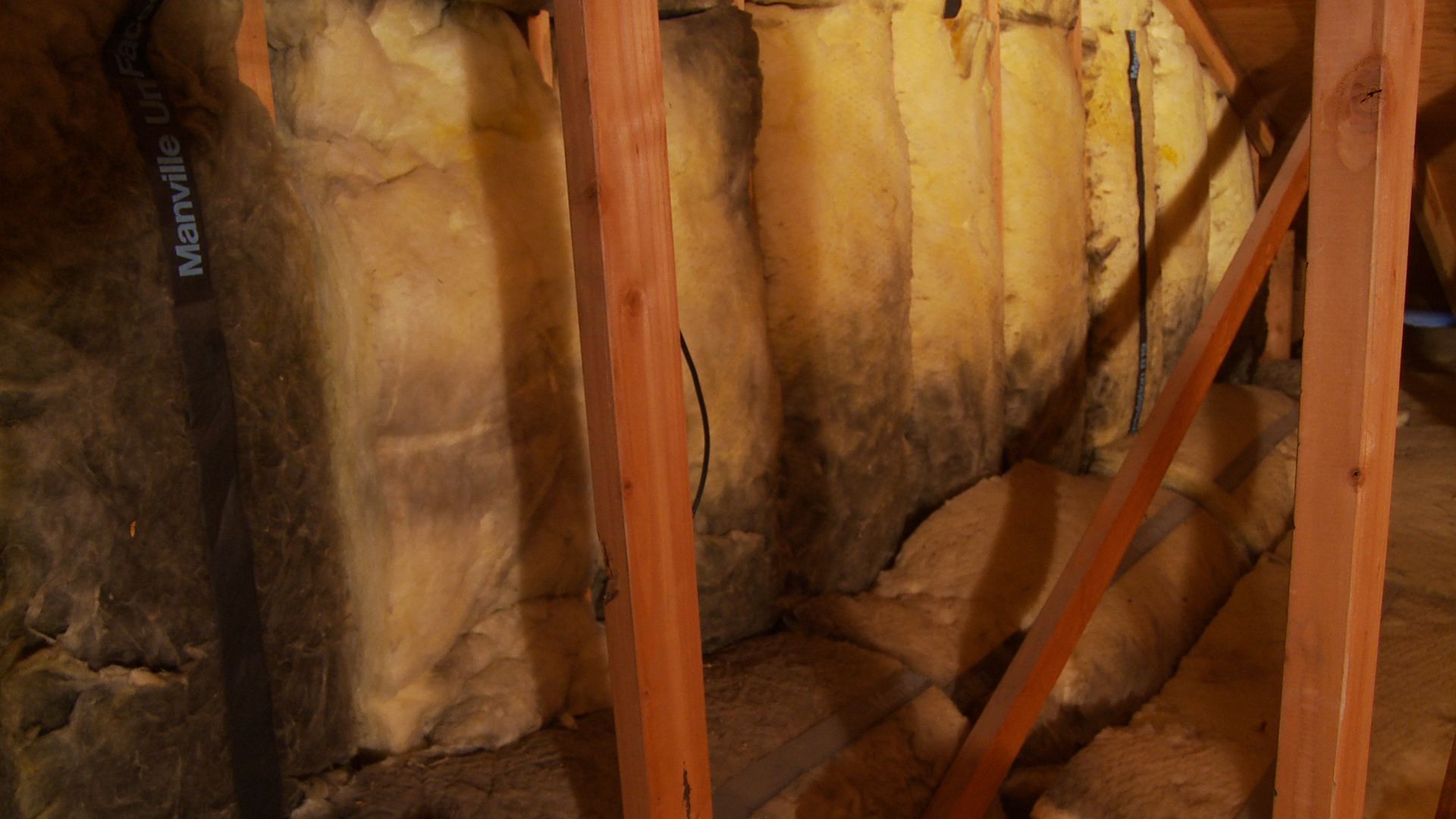

0 thoughts on “Why Does A Toilet Seat Turn Blue”